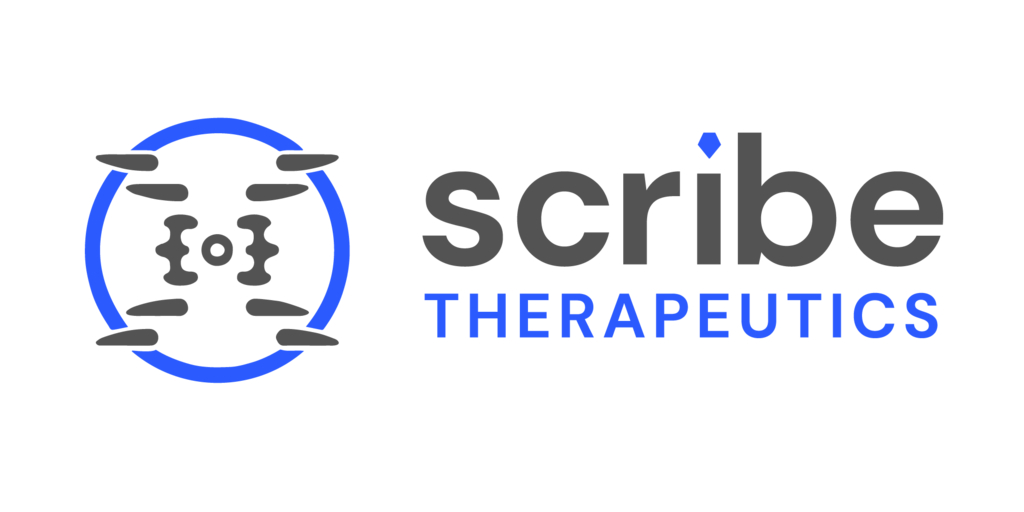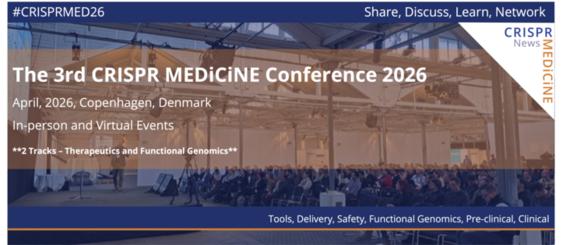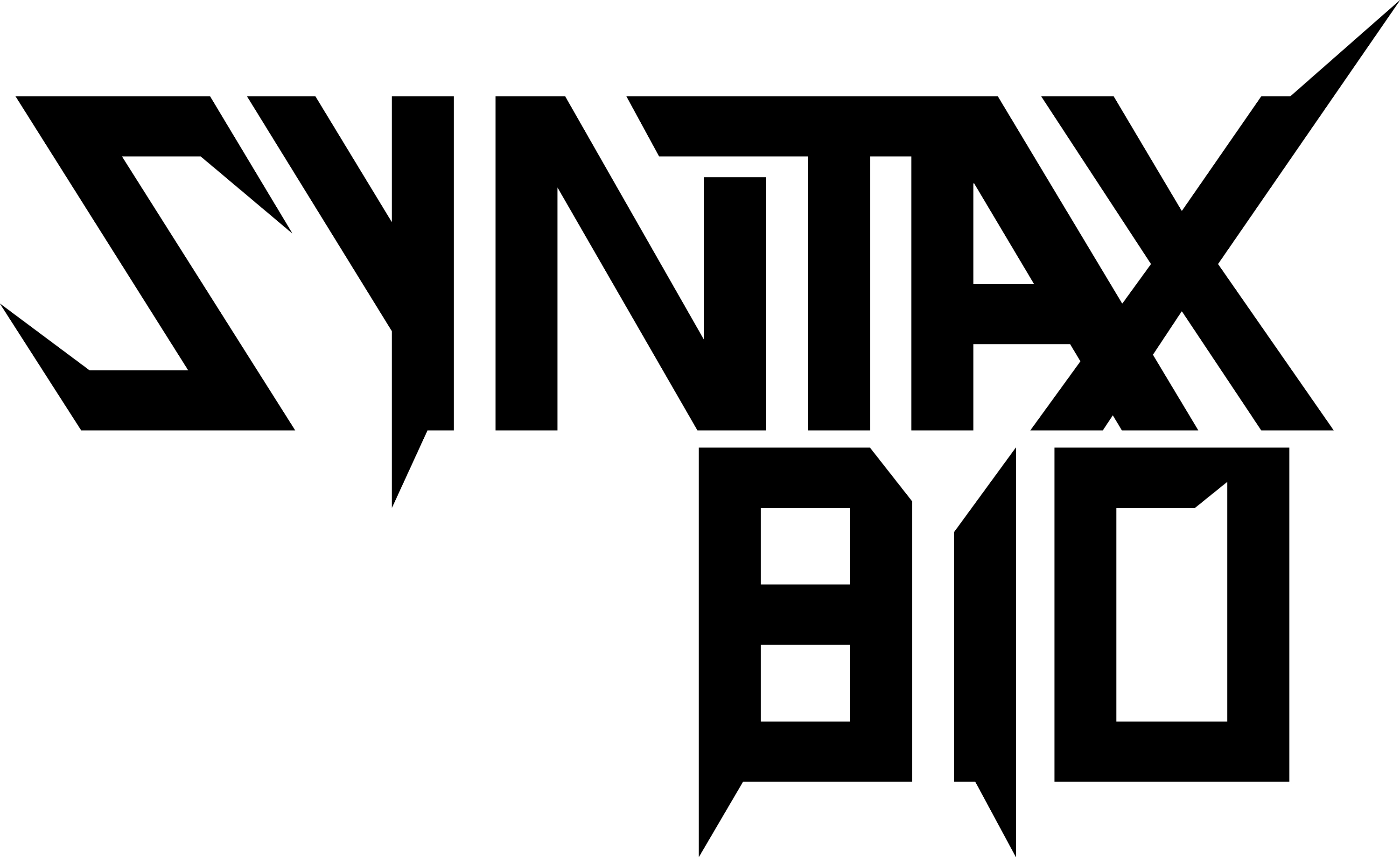- Engineering of X-Editors (XE), Scribe’s proprietary genome editing platform, for potency and specificity enables XE to become the first non-Cas9-based molecule to achieve saturating levels of editing in the NHP liver (exceeding 75% whole liver editing) without any detectable off-targets
- Data also highlight the ability of XE to achieve safe and saturated levels of editing in transduced photoreceptors in the mouse retina and rescue of visual response in a mouse model for autosomal dominant retinitis pigmentosa (adRP)
- Unveiling of critical and comprehensive engineering of Epigenetic Long-Term X-Repressors (ELXR), Scribe’s novel epigenetic editing platform, for greater potency
ALAMEDA, Calif.--(BUSINESS WIRE)--#CRISPR--Scribe Therapeutics Inc. (Scribe), a genetic medicines company unlocking the potential of CRISPR to transform human health, presented data on its X-Editor (XE) and Epigenetic Long-Term X-Repressor (ELXR) technologies at the 27th American Society of Gene & Cell Therapy (ASGCT) Annual Meeting taking place in Baltimore, MD, and virtually.


The data described in the company’s oral presentations and poster session showcase the dramatic potency, safety, and specificity of the novel XE genome editing and ELXR epigenetic editing platforms and the company's developments in successfully advancing these technologies into large animal models, including non-human primates.
“A major challenge in the field has been to achieve saturating levels of genome editing, at therapeutically relevant doses, with molecules that have better safety and delivery characteristics than CRISPR-Cas9—this has not been possible to date,” said Benjamin Oakes, Ph.D., co-founder and Chief Executive Officer of Scribe. “For the first time, Scribe has demonstrated that the holistic engineering of a wholly unique and highly potent CRISPR enzyme can enable this goal. We have demonstrated that our XE platform can achieve editing rates of greater than 75% in the liver of NHPs, theoretically targeting all hepatocytes, while not displaying any detectable off-target effects in primary human cells.”
“Furthermore, we were thrilled to unveil a taste of the engineering behind Scribe’s ELXR epigenetic editing platform and present data elucidating the effectiveness of our comprehensive engineering approach compared to previous methodologies,” Dr. Oakes said. “We believe this positions Scribe as the only company to have engineered, from the ground up, novel CRISPR genome editing and epigenetic editing platforms that can meet and often exceed the field’s expectations regarding therapeutically relevant potency and specificity.”
Additional highlights on the developments of the XE platform and application in vivo include:
Presentation: Engineering CasX to Create a Gene Editor with Potent Activity in Non-Human Primates
- Using a variety of holistic engineering approaches, Scribe has created X-Editor molecules that are >100 steps in sequence space removed and >100-fold more potent than the naturally occurring CRISPR predecessors
- XE achieves at or near-saturating levels of editing across a broad range of tissue types, including the eye, CNS, cardiac and skeletal muscle, and liver using either AAV or LNP
- XE is highly potent in non-human primate studies, achieving >75% editing in the liver and saturating editing at <1.5mg/kg
- When tested at different sites, XE is highly specific, demonstrating no detectable off-target editing at doses 10-fold higher than the effective dose in primary human hepatocytes
- Scribe continues to expand the XE platform by engineering molecules with customizable genomic targetability by modifying the PAM recognition of the XE platform
Presentation: AAV-Mediated Delivery of a Novel CasX-Editor Molecule Achieves Allele-Specific and Potent Editing of P23H Rhodopsin in a Mouse Model of Retinitis Pigmentosa
- XE and AAV cargo engineering enables safe and selective XE delivery and editing in rod photoreceptors when administered subretinally
- Scribe demonstrates for the first time the use of XE to achieve allele-specific editing of the P23H.RHO locus, in an in vitro system and a phenotypically relevant in vivo model. This novel gene editing strategy selectively targets the P23H SNP in the RHO gene and rescues photoreceptor structure and visual function three months post-treatment
- Further engineering of the XE molecule improves molecule potency and therapeutic window in vivo
- The findings illustrate the potential for XE not only to treat P23H.RHO-related adRP, but also, more broadly, other forms of ophthalmic disease and autosomal dominant disorders in an allele-specific manner
Highlights on ELXR, Scribe’s epigenetic editing technology:
Presentation: Comprehensive Engineering of a CasX-Based Repressor to Create Highly Potent Epigenetic Editors
- Leveraging its CRISPR by Design™ approach, Scribe engineers wholly novel epigenetic editors that potently silence gene expression without permanently altering the underlying genome
- The company’s epigenetic editing technology incorporates a catalytically inactive version of its proprietary XE platform tethered to epigenetic repressor domains
- To identify novel epigenetic effector domains more potent than the repressive domains widely used in conventional Cas9-based epigenetic editors, Scribe built and queried a library of 30,000 distinct effector domains from across the tree of life. These effector domains were each fused to the catalytically inactive XE molecule
- Through this high-throughput functional bioprospecting, Scribe identified novel and compact repressive effector domains that were significantly more potent than the widely used repressive domains
- Use of these novel repressive effector domains enables the generation of Scribe’s proprietary Epigenetic Long-Term X-Repressors (ELXRs), which exhibit robust targeting and repressive activity
- Compared with Cas9-based CRISPRoff systems, ELXR more potently and durably represses a therapeutically relevant target in vivo when delivered via mRNA in a single dose of LNP
About Scribe Therapeutics
Scribe Therapeutics is revolutionizing the development of optimized in vivo CRISPR-based genetic medicines designed to become standard of care treatments for patients suffering from highly prevalent diseases. Our CRISPR by Design™ approach engineers bacterial immune systems into a premier suite of genome and epigenome editing tools built for unique molecular advantages in activity, specificity and deliverability that translate into safer and more effective genetic therapies. Co-founded by Nobel Prize winner Jennifer Doudna and backed by leading life sciences investors, Scribe is engineering the future of genetic medicine. To learn more, visit www.scribetx.com.
Contacts
Investor Contact:
Stern IR for Scribe Therapeutics
Media Contact:
Thermal for Scribe Therapeutics









